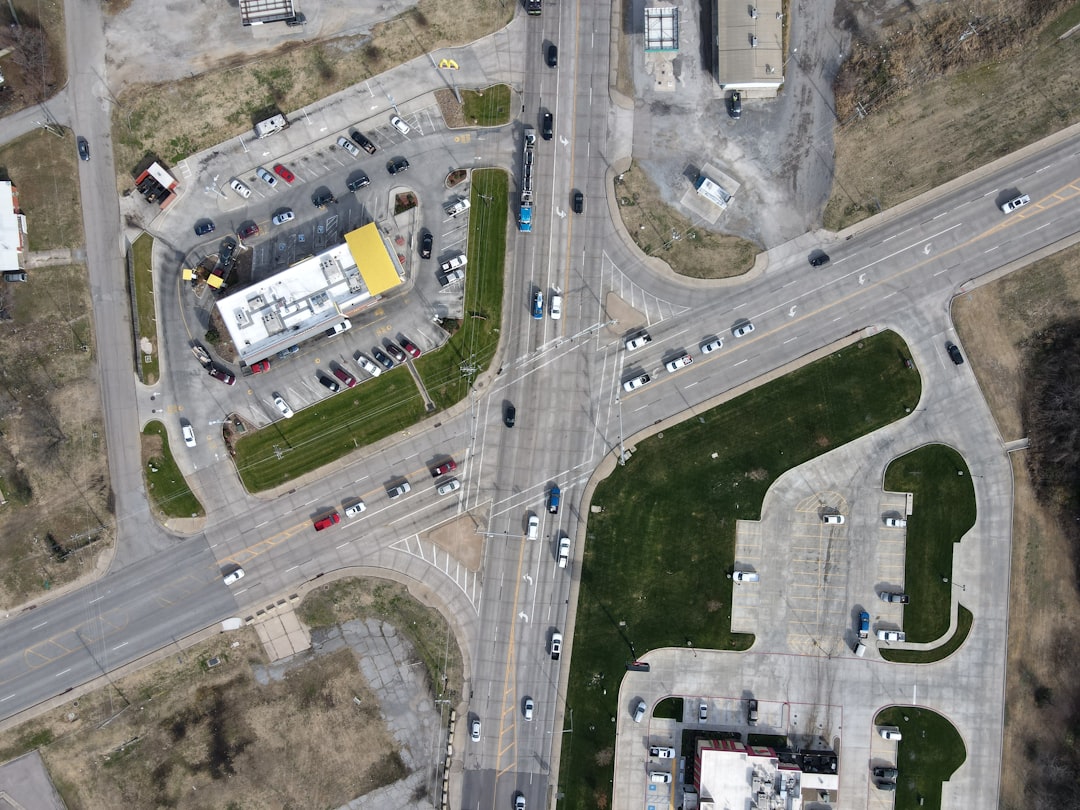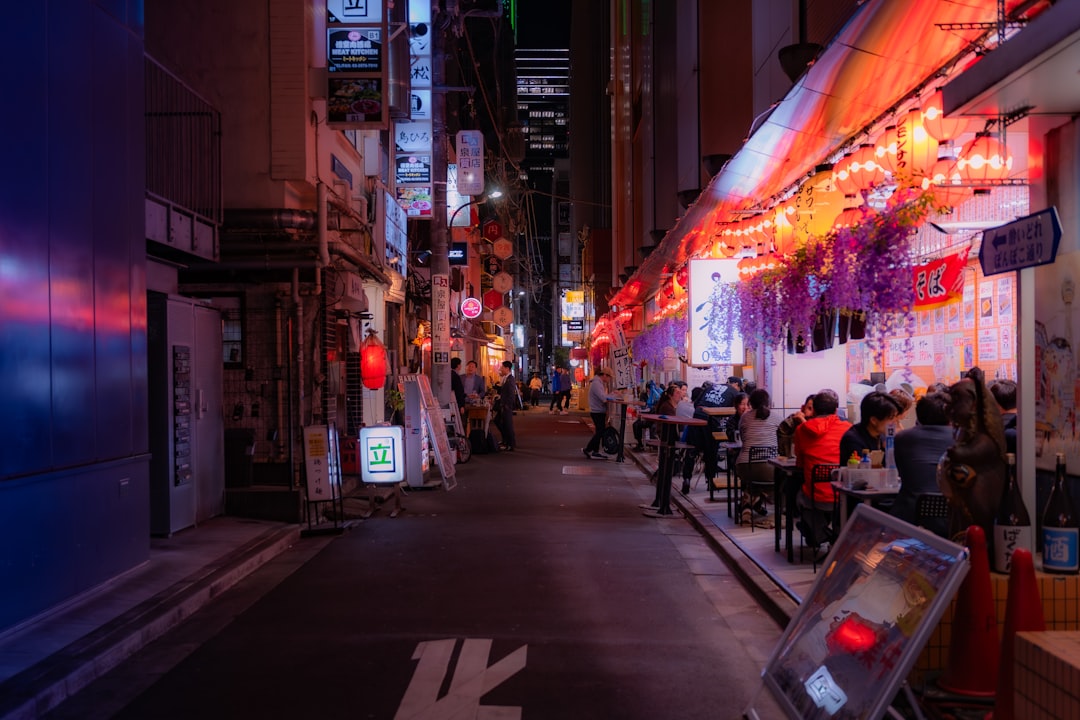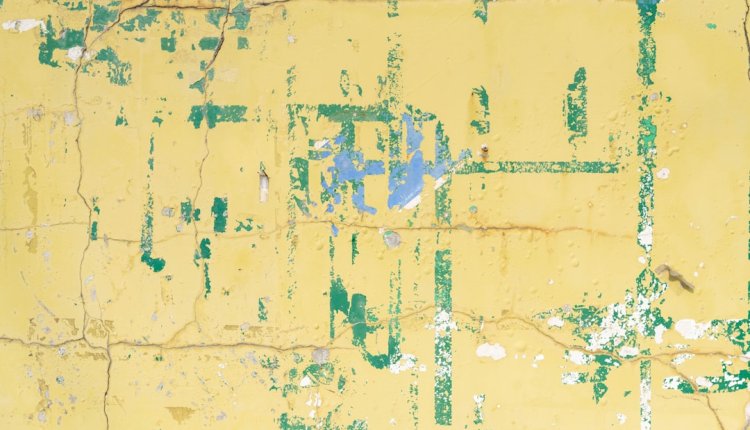What Does a Yellow Highlight Mean on Google Maps? Explained
Google Maps has become a crucial tool for millions of people worldwide, helping them navigate unfamiliar terrain, plan trips, explore nearby businesses, check traffic conditions, and even locate hidden gems in their own neighborhoods. Among the many features Google Maps offers, one visual cue users often notice is the *yellow highlight* — a color marking that begs the question: What does it mean? This might seem like a minor detail, but understanding what these highlighted zones represent can significantly enhance your experience with the app.
What Is the Yellow Highlight on Google Maps?
When you use Google Maps in the default map view, you might notice certain areas — often groups of streets or sections within cities — appear in a light yellow or mustard color. These yellow highlights aren’t random; they are used by Google Maps to signify *areas of interest*. In simpler terms, this yellow shade marks parts of cities or towns where there is a high concentration of commercial activity or public venues.
These areas can include:
- Restaurants and cafes
- Bars and nightclubs
- Shopping centers and retail districts
- Museums and popular tourist attractions
- Entertainment facilities like theaters or arenas
So, if you’re visiting a new city and zoom out to get an overview, those yellow-highlighted areas are a great place to start exploring. Think of them as the heartbeats of urban regions — vibrant zones where people typically gather, dine, shop, and socialize.
Why Does Google Use Yellow?
Color-coding is an essential part of cartography. Google Maps relies on a palette of colors to convey different types of information quickly without cluttering the map:
- Green: Parks and green spaces
- Gray: Residential and background areas
- Light Blue: Bodies of water
- Yellow: Commercial or activity-heavy zones
The choice of yellow for areas of interest is deliberate. Yellow stands out against the gray and white base maps but doesn’t dominate the view like red or blue might. This subtle yet visible marking encourages users to check these places out without overwhelming the map with vibrant hues.
How Are Yellow Highlights Determined?
Google doesn’t manually paint these highlights. Instead, it uses a host of data points and algorithms to determine which areas deserve to be marked as zones of interest. Factors may include:
- Density of businesses listed on Google Maps
- Foot traffic data, often derived from location tracking
- Number of searches by users for venues in the area
- User reviews and ratings
- Time of day popularity (daytime shopping vs. nightlife hubs)
This data-driven approach allows Google to reflect real-world usage and interaction with spaces. If a once-quiet neighborhood starts blooming with new restaurants, shops, and entertainment spots, it may eventually earn itself a yellow highlight on the map.

Using Yellow Highlights to Your Advantage
Understanding the meaning of these highlights is more than just trivia — it can improve how you use Google Maps. Whether you’re a tourist or a local looking to discover something new, here’s how these yellow zones can help you:
1. Plan Your Day Around Activity Hubs
Looking for a fun afternoon or a place to grab dinner and shop? Zoom in on the yellow zones to find venues that are bustling with options. These areas typically offer a higher concentration of things to do, see, and eat — so they’re perfect for when you want to explore without a predetermined plan.
2. Identify Business-Rich Areas
If you’re searching for particular business types, understanding that yellow zones tend to contain clusters of commercial activity can help you narrow your search. Browsing coffee shops? A yellow-highlighted district is probably a great starting point.
3. Real Estate and Living Choices
Prospective homeowners often examine maps to determine whether a location is peaceful or lively. A house deep within a gray residential area may offer more tranquility, whereas being near a yellow zone could mean easy access to shops and eateries — though possibly more noise and foot traffic.
Differences Between Desktop and Mobile Versions
Ever noticed that the appearance of yellow highlights may vary between the desktop and mobile versions of Google Maps? That’s no accident. The level of detail and types of highlights may differ slightly depending on the device and zoom level you’re using. While mobile devices often optimize for performance with slightly pared-down visuals, zooming in or out will dynamically adjust the yellow highlights accordingly.
To get the most accurate idea of what a yellow-highlighted area includes, try these tips:
- Use both devices when planning your trip — desktop for detailed prep and mobile for on-the-go decisions
- Zoom in for a more granular view of available spots in the yellow area
- Use Street View to gain a visual sense of the neighborhood

Common Misunderstandings About Yellow Highlights
Because the yellow highlight is subtle and doesn’t come with a legend or label, many users have developed their own theories about what it means. Let’s clear up some common misconceptions:
- Myth: It’s just a glitch or a lighting effect on the map.
Truth: It’s an intentional visual cue representing areas of interest. - Myth: Only tourist attractions get highlighted.
Truth: While tourist hotspots are often within yellow zones, so are vibrant local neighborhoods. - Myth: Yellow highlights indicate crime-prone areas.
Truth: Google does not use these highlights to reflect safety data.
Are Yellow Highlighted Areas Always Accurate?
Generally, Google Maps is quite reliable, but that doesn’t mean it’s perfect. A newly bustling area may take some time to appear in yellow, especially if new businesses haven’t been added to Google Maps yet. Conversely, a formerly popular zone that’s declined in foot traffic may still be highlighted if the system hasn’t updated its data.
This is where user-generated content — reviews, photos, check-ins — can help speed up the process. Businesses keeping their listings up to date and users contributing content can help maintain accuracy for all.
Final Thoughts: More Than Just Color
The yellow highlight on Google Maps is a small but powerful feature that enhances your ability to explore, plan, and engage with a place — whether old or new. It’s Google’s way of pointing you toward life and activity, helping you discover what makes a location vibrant and worth experiencing.
So next time you spot a yellow area on your map, zoom in and take a closer look. You might just find your new favorite café, an art gallery you never knew about, or the perfect spot for your night out. The map is rich — and that splash of yellow? That’s where your adventure begins.

Comments are closed.